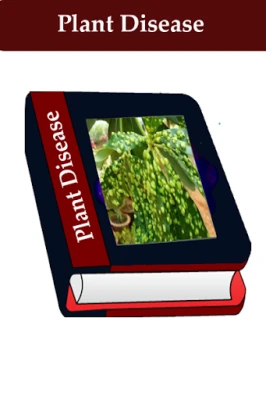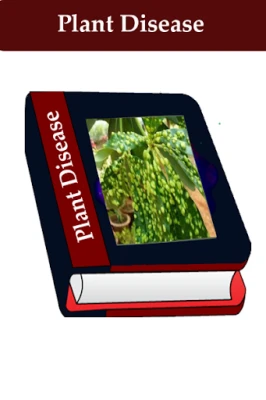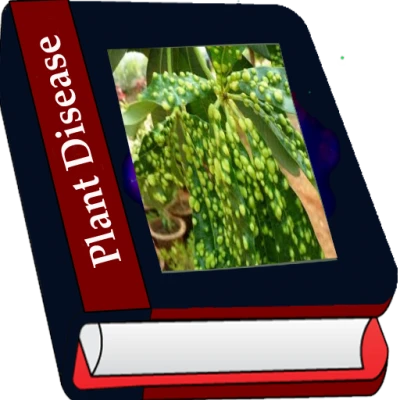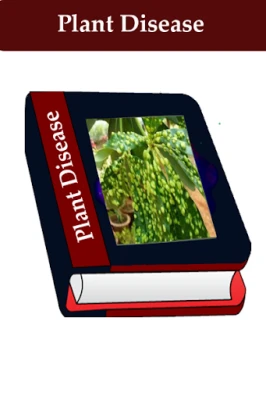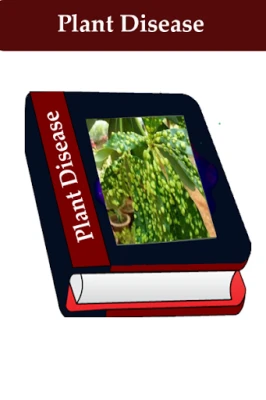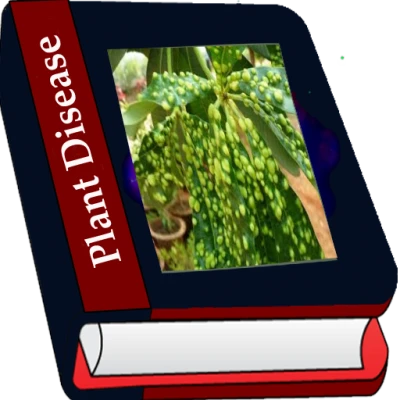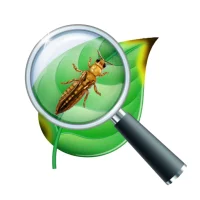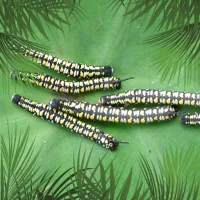
Latest Version
Version
61.0
61.0
Update
December 06, 2024
December 06, 2024
Developer
Helpful Books
Helpful Books
Categories
Internet
Internet
Platforms
Android
Android
Downloads
0
0
License
Free
Free
Package Name
com.plant.diseases
com.plant.diseases
Report
Report a Problem
Report a Problem
More About Plant disease
Plant disease epidemiology is the study of disease in plant populations. Much like diseases of humans and other animals, plant diseases occur due to pathogens such as bacteria, viruses, fungi, oomycetes, nematodes, phytoplasmas, protozoa, and parasitic plants. Plant disease epidemiologists strive for an understanding of the cause and effects of disease and develop strategies to intervene in situations where crop losses may occur. Typically successful intervention will lead to a low enough level of disease to be acceptable, depending upon the value of the crop.
Plant disease epidemiology is often looked at from a multi-disciplinary approach, requiring biological, statistical, agronomic and ecological perspectives. Biology is necessary for understanding the pathogen and its life cycle. It is also necessary for understanding the physiology of the crop and how the pathogen is adversely affecting it. Agronomic practices often influence disease incidence for better or for worse. Ecological influences are numerous. Native species of plants may serve as reservoirs for pathogens that cause disease in crops. Statistical models are often applied in order to summarize and describe the complexity of plant disease epidemiology, so that disease processes can be more readily understood. For example, comparisons between patterns of disease progress for different diseases, cultivars, management strategies, or environmental settings can help in determining how plant diseases may best be managed. Policy can be influential in the occurrence of diseases, through actions such as restrictions on imports from sources where a disease occurs.
Rate the App
Add Comment & Review
User Reviews
Based on 0 reviews
No reviews added yet.
Comments will not be approved to be posted if they are SPAM, abusive, off-topic, use profanity, contain a personal attack, or promote hate of any kind.
More »










Popular Apps

Plant Pathology Objective MCQsiiTSysCo

Rubin's Pathology: USMLE Q&AHigher Learning Technologies Inc

Google TasksGoogle LLC

Yahoo Finance: Stock NewsYahoo

Microsoft To Do: Lists & TasksMicrosoft Corporation

Corporate Finance InstituteCorporate Finance Institute

Desygner: Graphic Design MakerDesygner Pty Ltd

Dreamfora: AI Goal SettingDreamfora

Learn HCI - ProAppProApp - Learn Design

Archery Club: PvP MultiplayerBoomBit Games
More »










Editor's Choice

LALIGA FANTASY: Soccer ManagerLa Liga Nacional de Fútbol Profesional

Home Workout - No EquipmentLeap Fitness Group

Samsung Global GoalsSamsung Electronics Co., Ltd.

Dreamfora: AI Goal SettingDreamfora

RobloxRoblox Corporation

iRobot HomeiRobot

War Robots Multiplayer BattlesMY.GAMES B.V.

Simple Radio: Live AM FM RadioStreema, Inc.

Radio FMRadioFM

Wilderness 2024Festival Republic Limited

